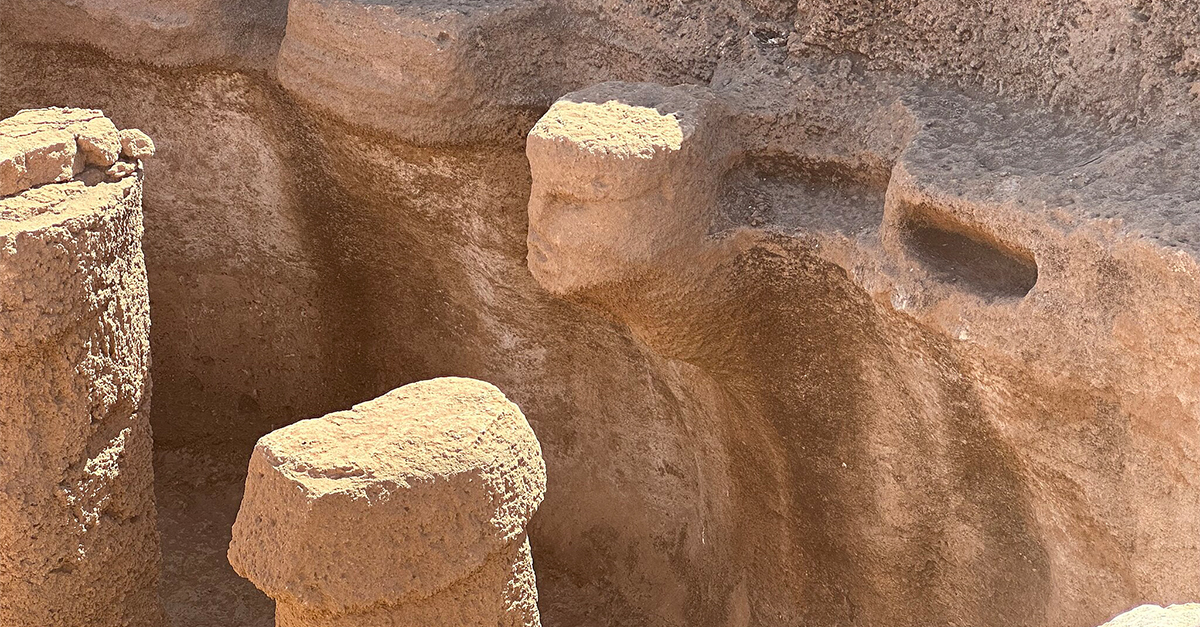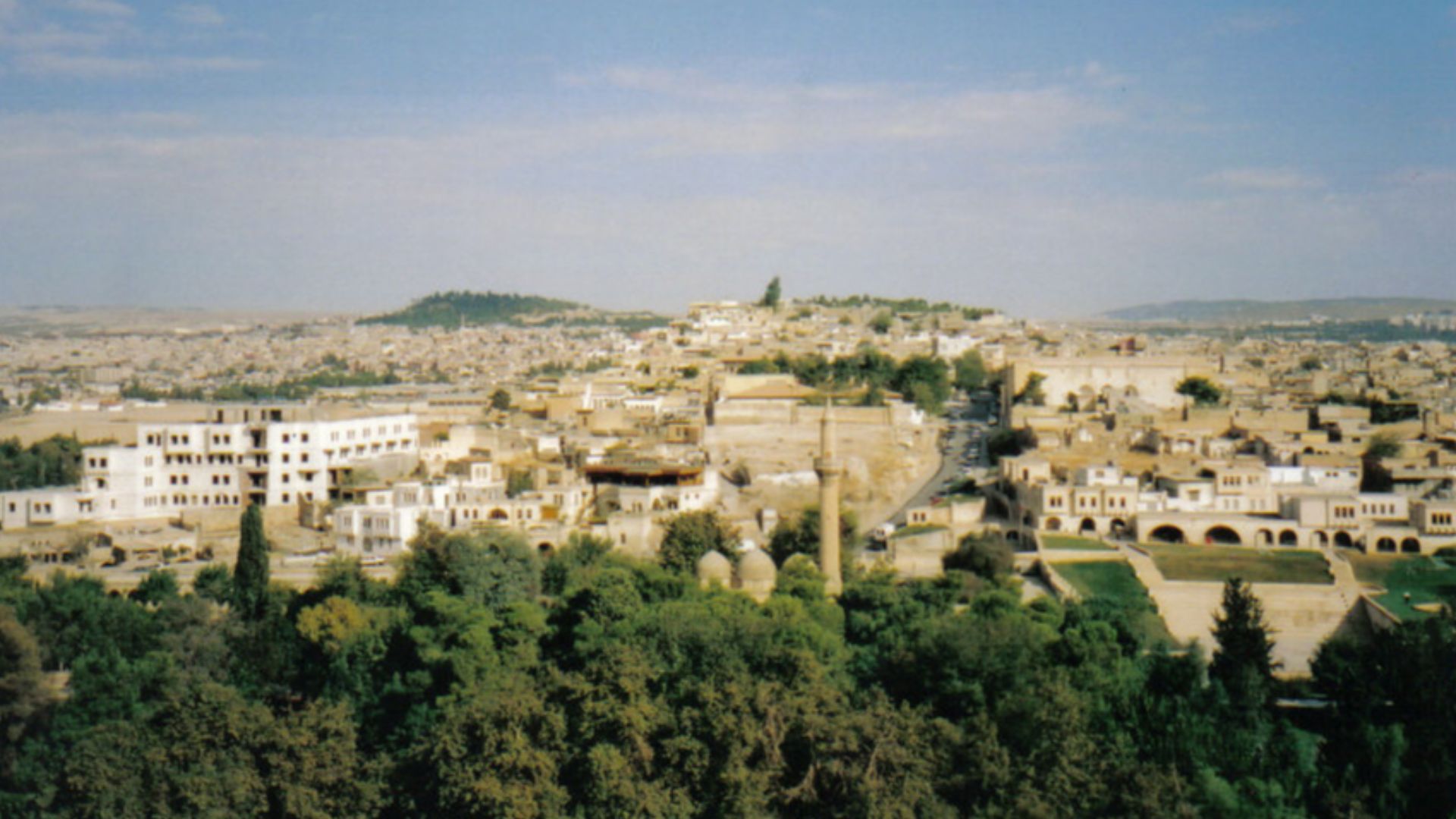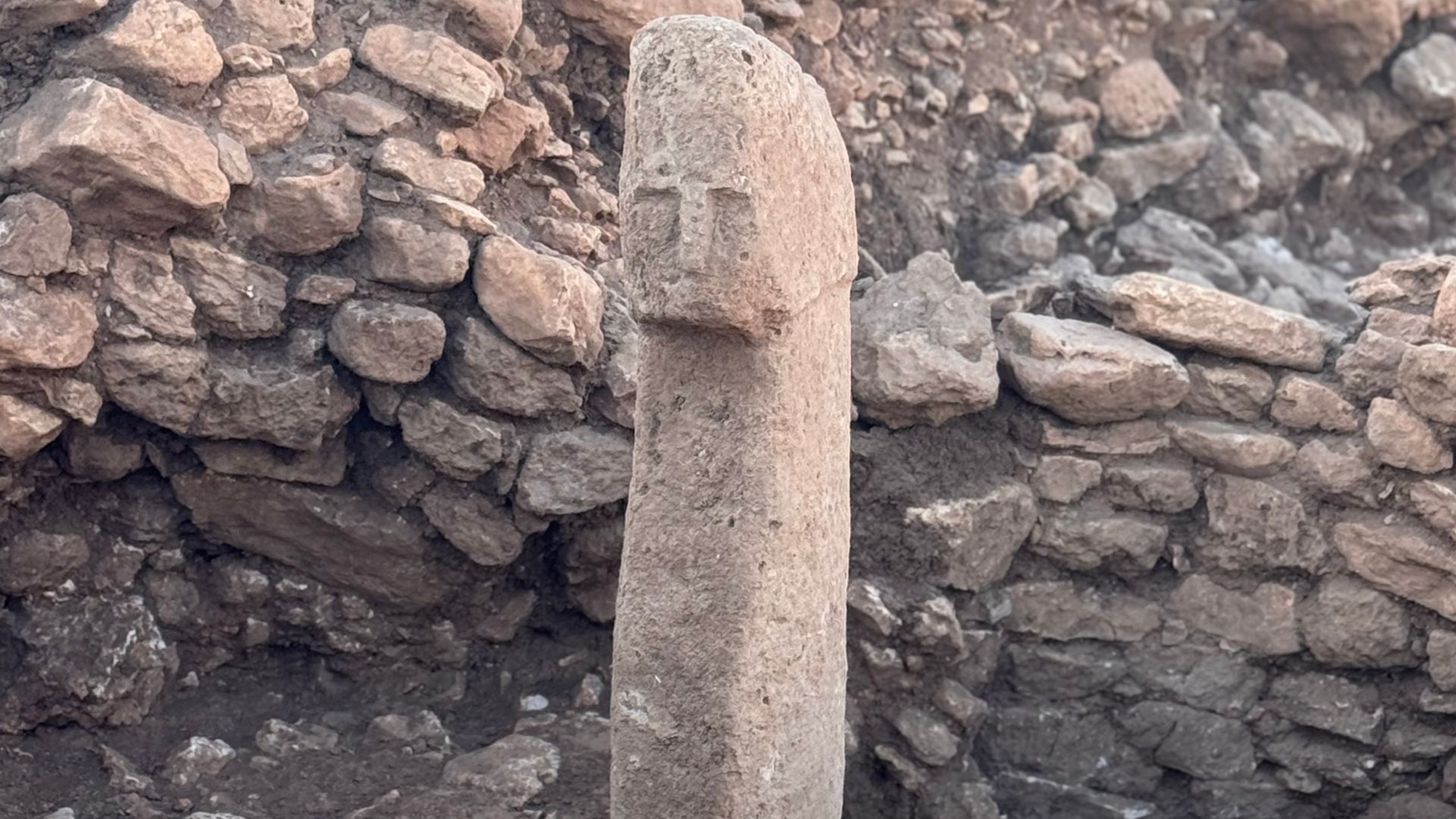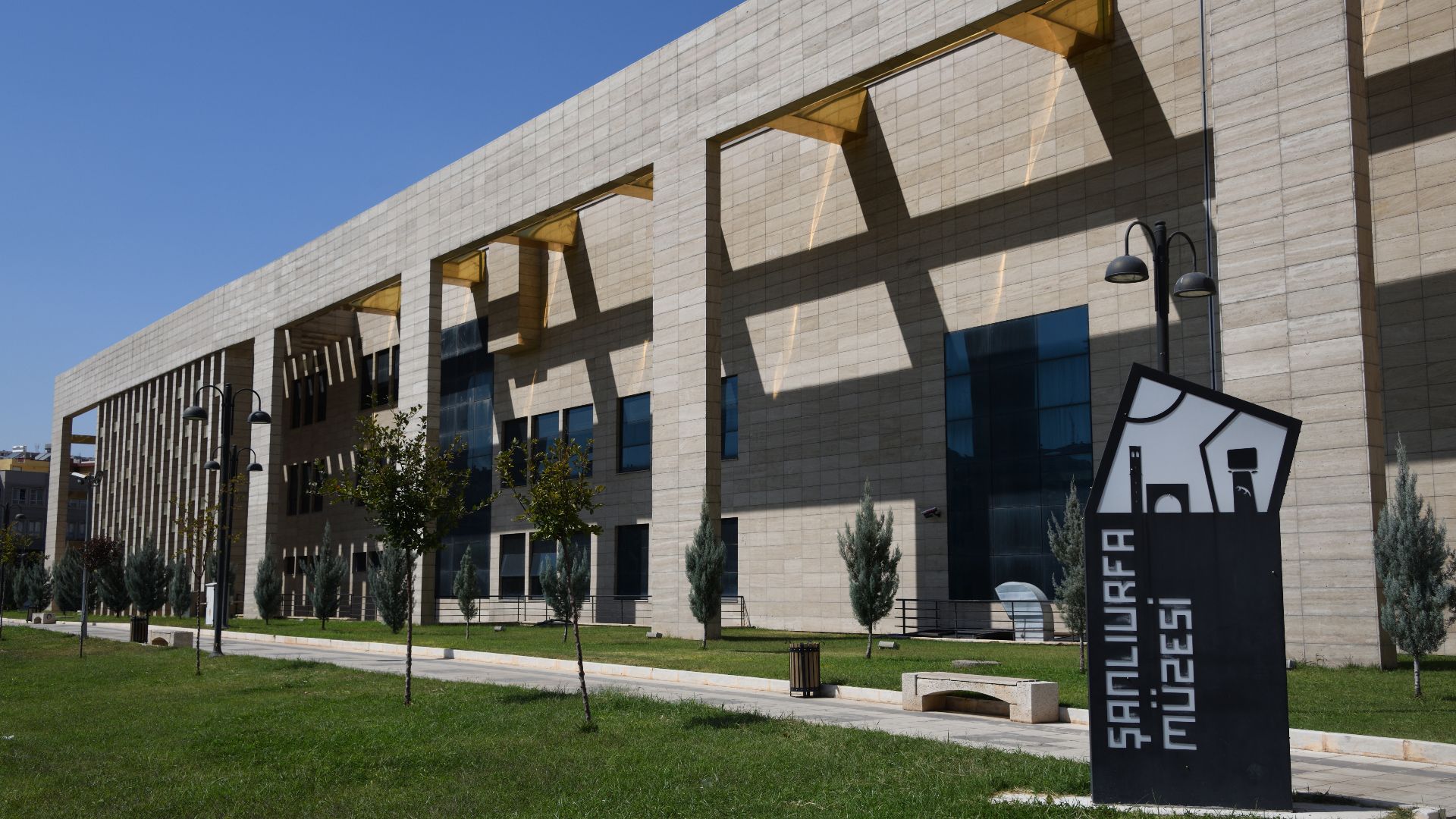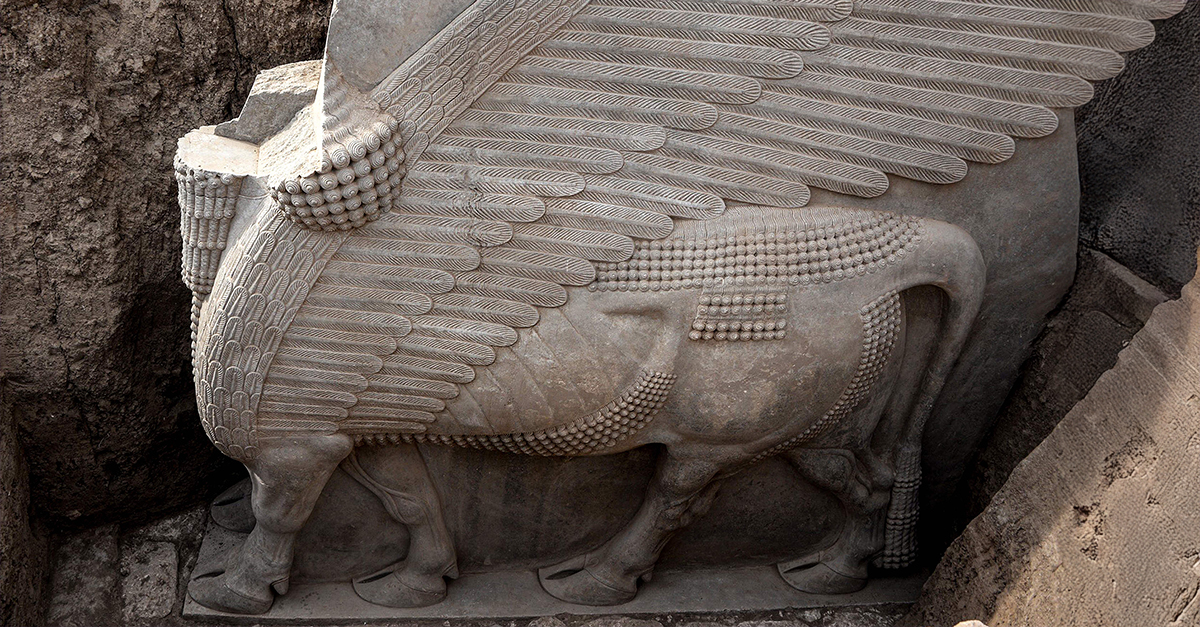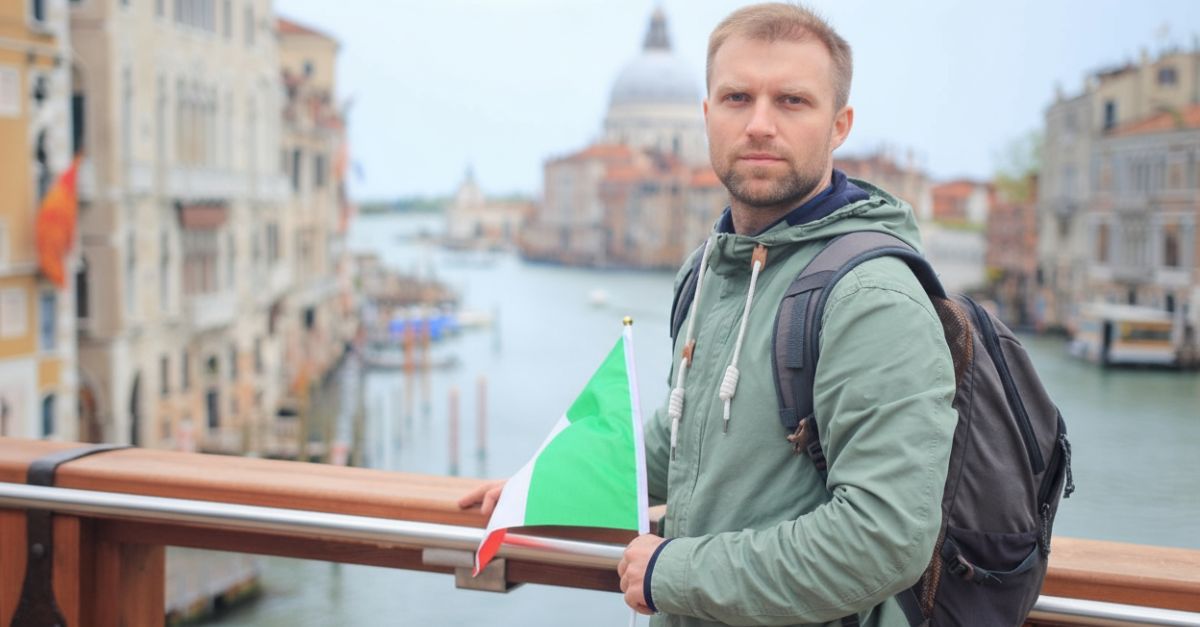Landmark Find In A Glorious Past
Archaeologists at Karahantepe near Göbekli Tepe in southeastern Turkey discovered a T‑shaped pillar decorated with a carved human face. The amazing discovery is the first of its kind there. The incredible find widens our understanding of symbolism and ritual architecture around 11,000–10,000 BC, while seriously pushing the boundaries of what “Neolithic art” really means.
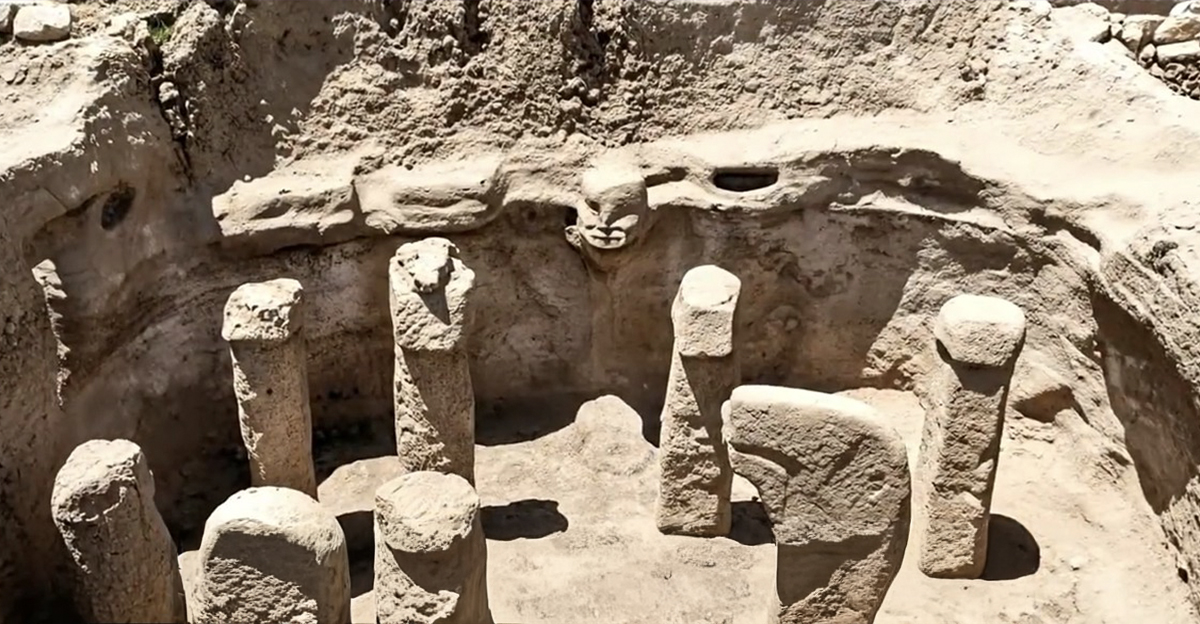
Where Is Karahantepe On The Map?
Karahantepe is in the ancient Fertile Crescent, about 22 km northeast of Şanlıurfa city in Turkey. Discovered decades after the famous site at Göbekli Tepe, Karahantepe hosts a similar elevated enclosure design. The setting is sandstone ridges looming over the plains; all these features make it a dramatic place to explore early human ritual landscapes and monumental architecture.
The Pillar: T‑Shaped, Human‑Faced
Most stone pillars at Karahantepe had abstract or animal motifs. This newly found pillar displays a carved human face on its T‑top, unlike anything documented before. Scholars think the “human‑faced T‑pillar” represents a leap in representation, from symbolic creatures to direct human imagery. This interpretation opens up questions about identity, ancestors, and the evolution of human art.
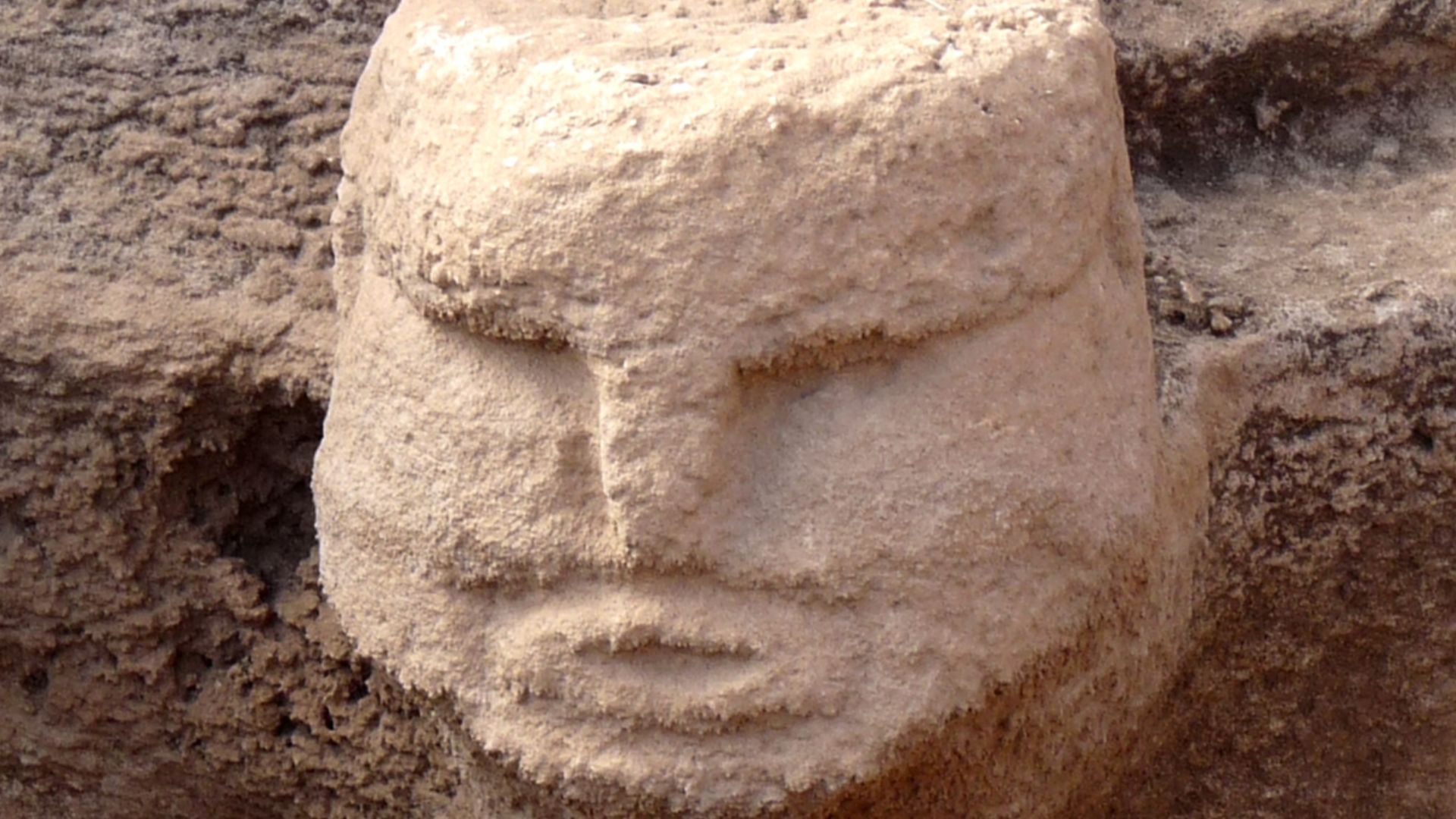 Frantisek Trampota, Wikimedia Commons
Frantisek Trampota, Wikimedia Commons
What The Art Tells Us
The face on the pillar looks stylised but deliberate: oval eyes, a defined nose, perhaps even a pair of lips, all embedded into the stone’s shoulder. Carving in this early era was rare. The design suggests the figure wasn’t a casual decoration but served a powerful social purpose: maybe ancestor veneration; as a leadership symbol; or the representation of a god in the earliest monumental societies.
 Vincent Vega, Wikimedia Commons
Vincent Vega, Wikimedia Commons
Changing The Timeline Of Neolithic Art
Traditional narratives place figurative human carvings a lot later in prehistory. This find at Karahantepe indicates that human‑face representations were already present in very early sedentary ritual contexts. The discovery shakes the foundations of our assumptions about when humans began representing themselves in stone with such deliberate portraits. The stunning realization places Karahantepe as an epicenter for that cultural shift.
A Determined Excavation Campaign
The field season dug up the pillar within a central enclosure zone, surrounded by other T‑pillars and seating stones. Archaeologists used advanced 3D scanning and photogrammetry to map out and document the carved face. The context indicates purposeful placement rather than later insertion, confirming its primacy within the architecture.
 Mahmut Bozarslan (VOA), Wikimedia Commons
Mahmut Bozarslan (VOA), Wikimedia Commons
Ritual Landscape And Social Meaning
The enclosure at Karahantepe probably served as a gathering place for feasting, ritual, and social performance. The human‑faced pillar might have been a focal point visible during ceremonies, and possibly oriented toward sunrise or gathering spaces. The carving is a reflection of this ancient community’s art and possibly its common identity, memory or even its cosmology.
 Mahmut Bozarslan (VOA), Wikimedia Commons
Mahmut Bozarslan (VOA), Wikimedia Commons
Technology And Craftsmanship
Creating a human‑face pillar demanded top-notch skill: picking out the raw stone, carving the details, erecting the pillar, and placing it within a larger site plan. The find underscores how these early societies had advanced know-how in terms of craftsmanship and a coordinated building process. That in turn points to ancient peoples developing complex social structures a lot earlier than we once thought.
Comparisons With Nearby Sites
At neighboring sites such as Göbekli Tepe, we can also see animal‑faces and abstract reliefs, but few of these show obvious human faces. The Karahantepe pillar stands out in this respect. Scholars now compare motifs, chronology and architecture across the region to map the emergence of human‑faced sculpture and what that might mean historically and culturally.
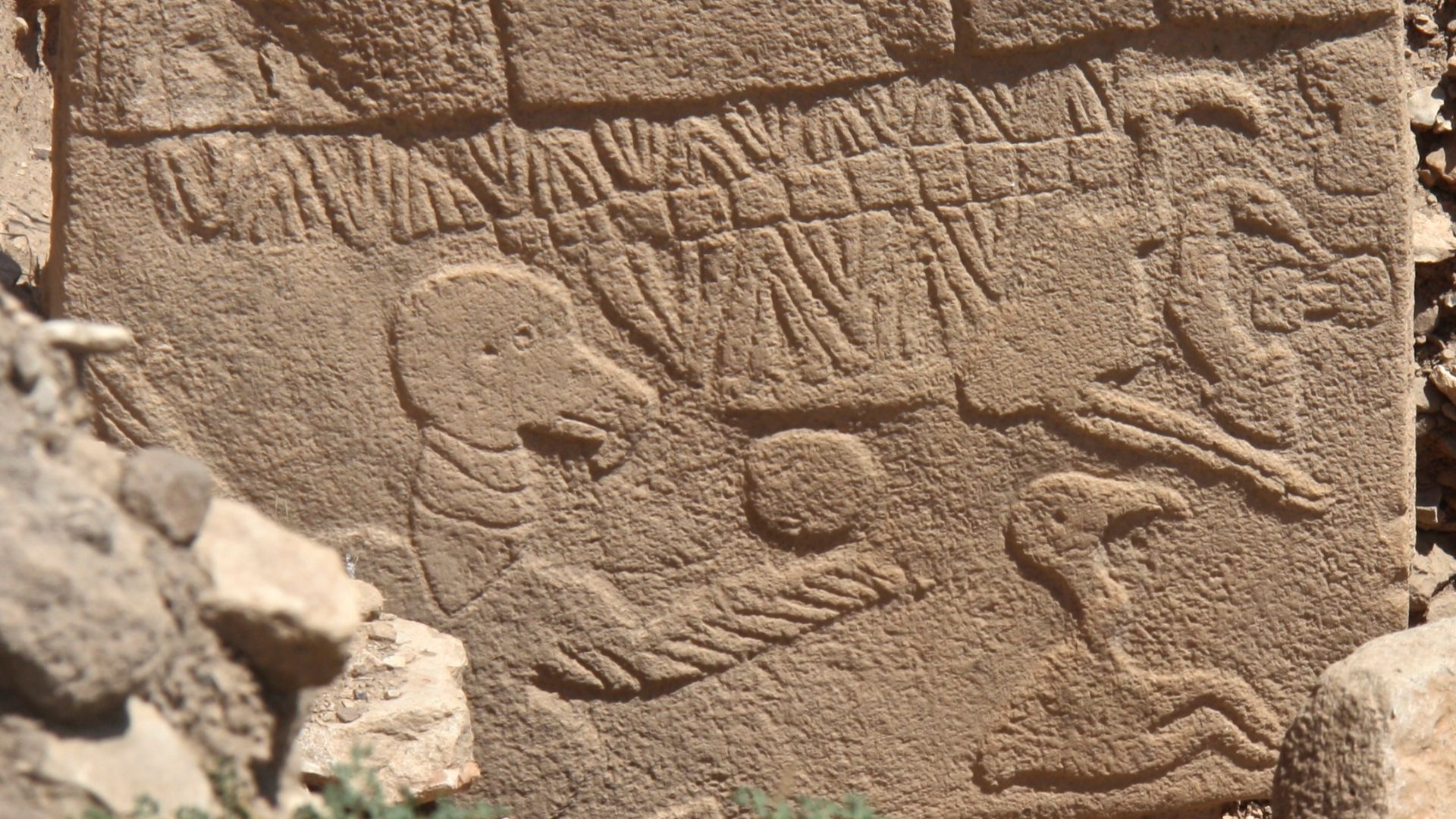 Sue Fleckney, Wikimedia Commons
Sue Fleckney, Wikimedia Commons
What Visitors Should Look For
Travellers heading to Karahantepe should keep in mind the open‑air enclosure structure, low‑lying stone ridges, protective shelters placed over the excavation, and the newly revealed pillar (depending on access). Bring good sun protection, a good lens for photography, and a sense of standing where humans built ritual monuments 12,000 years ago.
 Vincent Vega, Wikimedia Commons
Vincent Vega, Wikimedia Commons
Archaeology Meets Travel Experience
For archaeology‑touring travellers, Karahantepe offers a blend of remote landscape, ancient mystery and ongoing excavation. The site has limited visitor hours and guided tours by the Şanlıurfa museum. Basing yourself in Şanlıurfa city and making transport arrangements from there is wise. Always respect the fragile environment and avoid wandering away from designated paths.
The Pillar’s Broader Impact
This find is already being cited in academic conferences as a rewriting of the emergence of human imagery in the Neolithic. As field reports continue to appear, we’ll probably see new interpretations of gender, ancestry, leadership and ritual in early farming society. The pillar is an amazing artifact for its own sake, but it’s also symbolic of a paradigm shift in human history.
Conservation And Site Management
Because of its age, fragile sandstone, and current excavation activities, the human‑faced pillar is currently protected under a shelter and in places partitioned off for research. Visitors should always follow signs, avoid touching anything, and support local site fees that fund conservation. This goes a long way towards ensuring the monument endures for future study and travel.
 Vincent Vega, Wikimedia Commons
Vincent Vega, Wikimedia Commons
Regional Archaeological Significance
Karahantepe is part of the Southeastern Anatolia Research Programme, which links a lot of early monumental sites. The finding of the human‑face pillar marks this region of Anatolia (Turkey in Asia) as a crucible of early representation and ritual architecture. Travellers following the “Neolithic pilgrimage route” should include this site alongside their wanderings in nearby Göbekli Tepe.
 Teomancimit, Wikimedia Commons
Teomancimit, Wikimedia Commons
Ethical Travel And Local Engagement
When visiting Karahantepe, supporting local guides, cafés, and accommodation helps the community. Always respect excavation boundaries, avoid using drones without permission, and keep in mind that you’re witnessing an evolving research site, not a finished tourist attraction. The new pillar is still under intensive study.
How It Changes The Story Of Humanity
The pillar suggests humans at the dawn of sedentary civilization were already carving human faces into monuments: not just plants, animals or abstract symbols. This means the leap to self‑representation, leadership imagery, and communal identity came a lot earlier than we thought. The story of human history is always getting richer, deeper, and more complex.
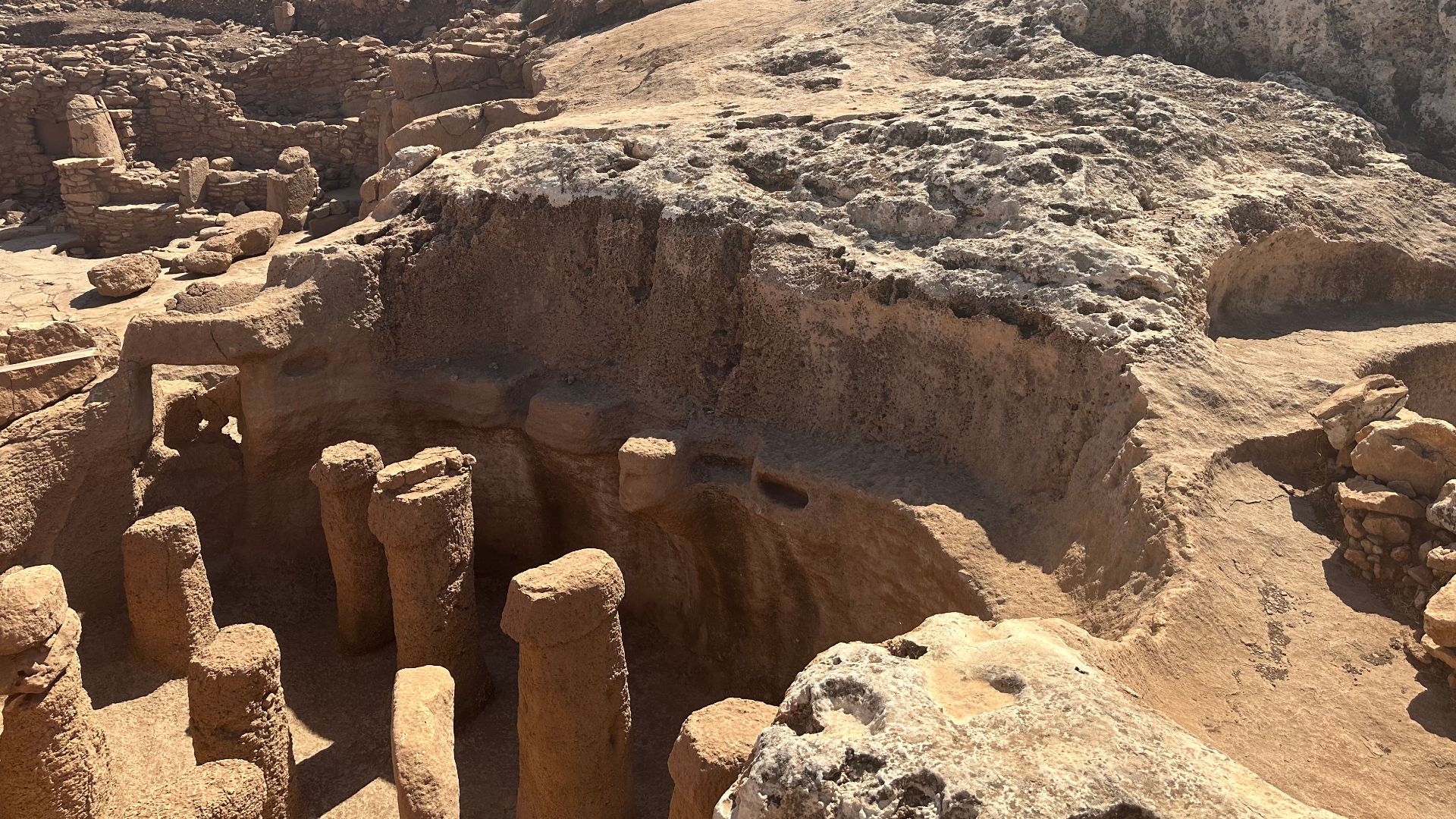 Vincent Vega, Wikimedia Commons
Vincent Vega, Wikimedia Commons
Future Questions For Researchers
Scholars are now asking a series of pointed questions about this monument: Who is the face representing? A local leader? A mythic ancestor? A deity? Was the carving done all at once or in stages? Does the pillar relate to bursts of monument building? Each new discovery at Karahantepe will be watched with eagle eyes by the academic world, and by those curiosity-seekers eager to learn more.
Practical Travel Tips
The best times to visit eastern Turkey are autumn and spring when daylight is moderate and temperatures lower. Bring layers and footwear for walking over rugged terrain. If you want to see the excavation up close, check museum announcements in Şanlıurfa. Combine your trip with other regional sites like Göbekli Tepe or Harran to make the most of your itinerary.
Photography And Documentation
Photography is allowed in most open areas. For the human‑faced pillar, a telephoto lens can help you capture detail without forcing you to stray into prohibited zones. Early morning or late afternoon light on the sandstone adds depth, textured reliefs and better color contrasts. This is ideal for documenting such a unique find.
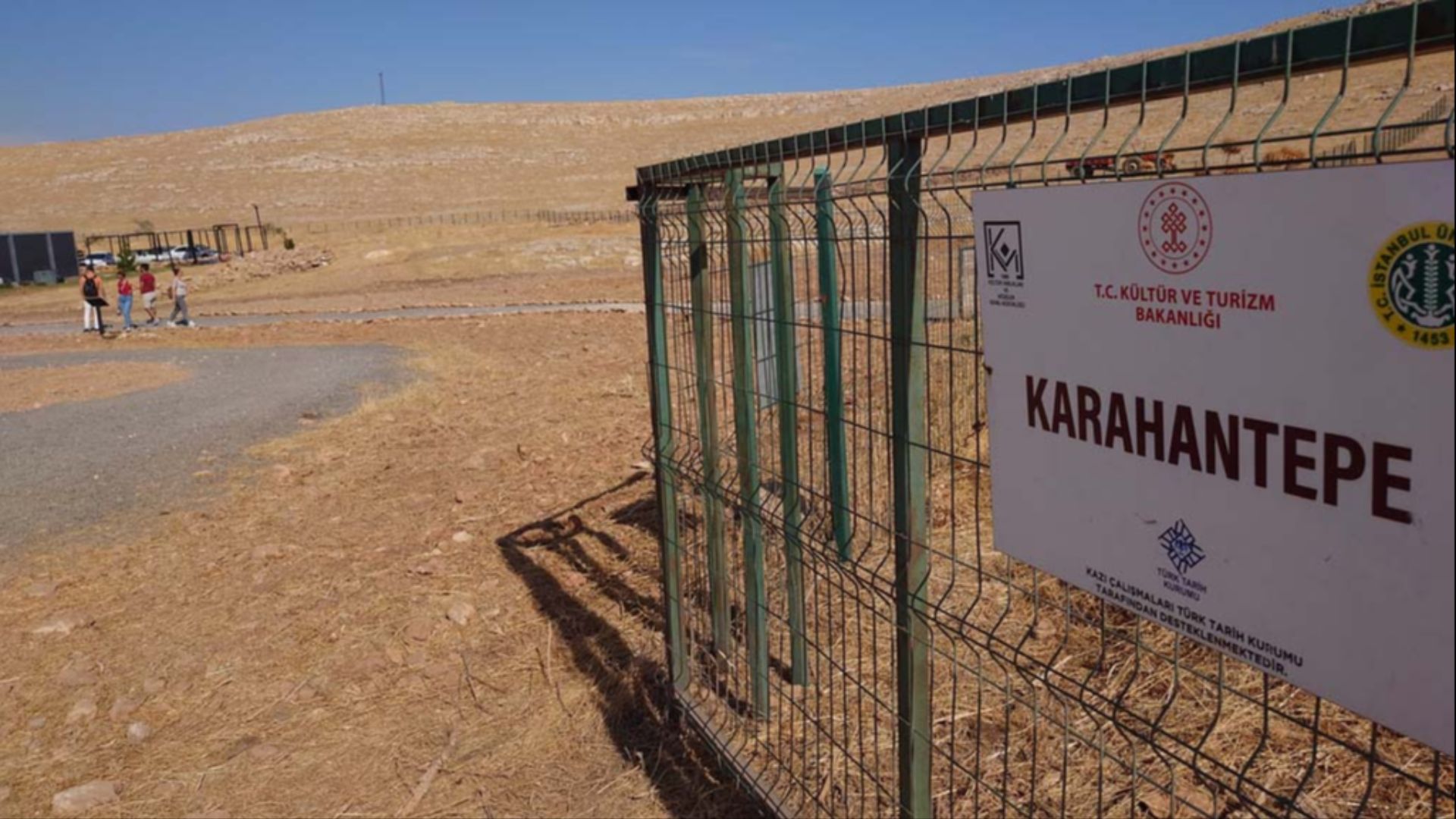 Mahmut Bozarslan (VOA), Wikimedia Commons
Mahmut Bozarslan (VOA), Wikimedia Commons
Face To Face With Time
Standing in front of the human‑faced T‑pillar at Karahantepe, you confront a moment 11,000 years old; a human symbol carved into stone, preserved through the millennia. Your presence here now becomes a part of that cosmic continuum. The pillar doesn’t just offer up the secrets of its past; it invites us to ask what representation, identity, and ritual mean for all human societies through history.
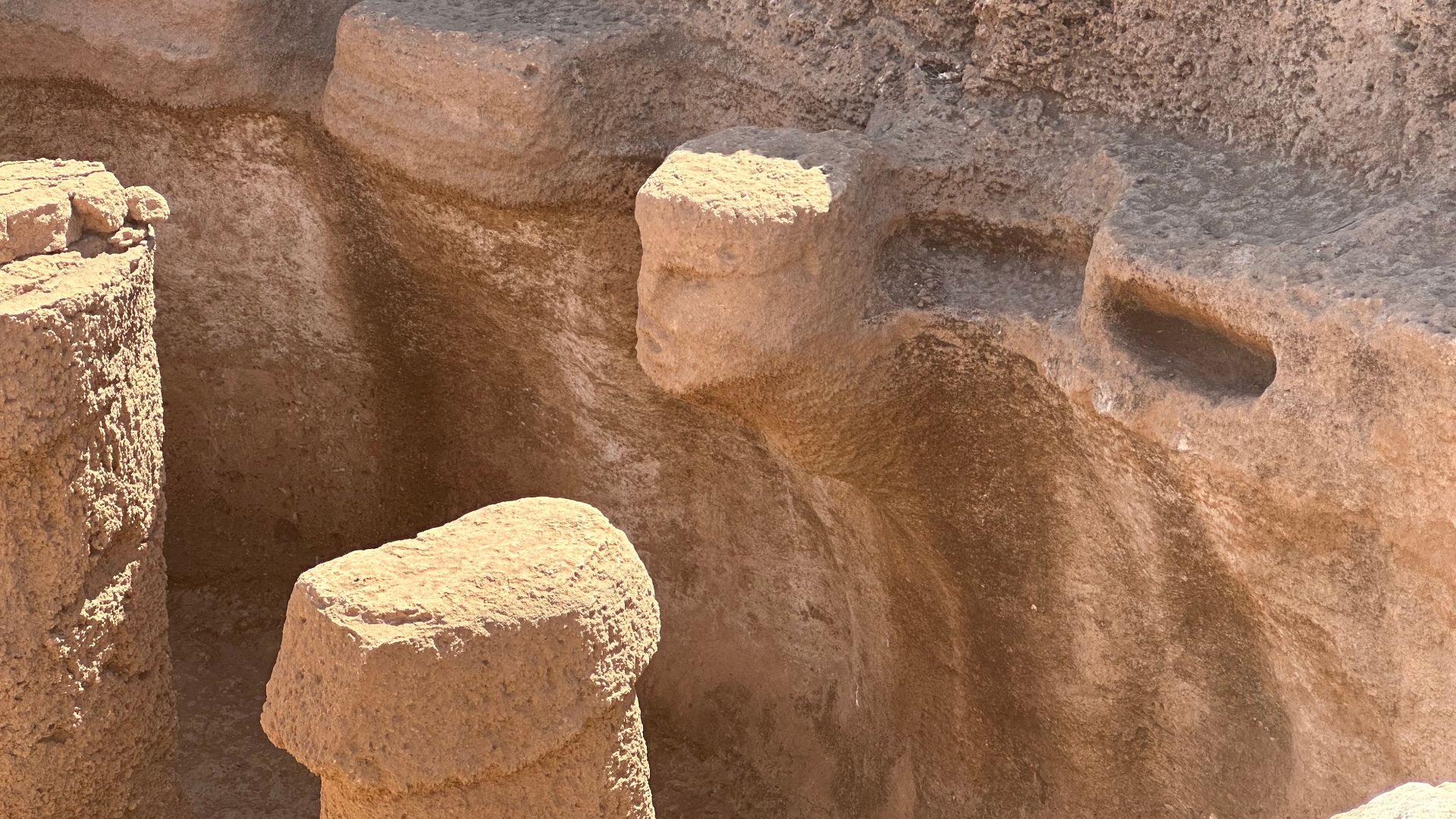 Vincent Vega, Wikimedia Commons
Vincent Vega, Wikimedia Commons
You May Also Like:

